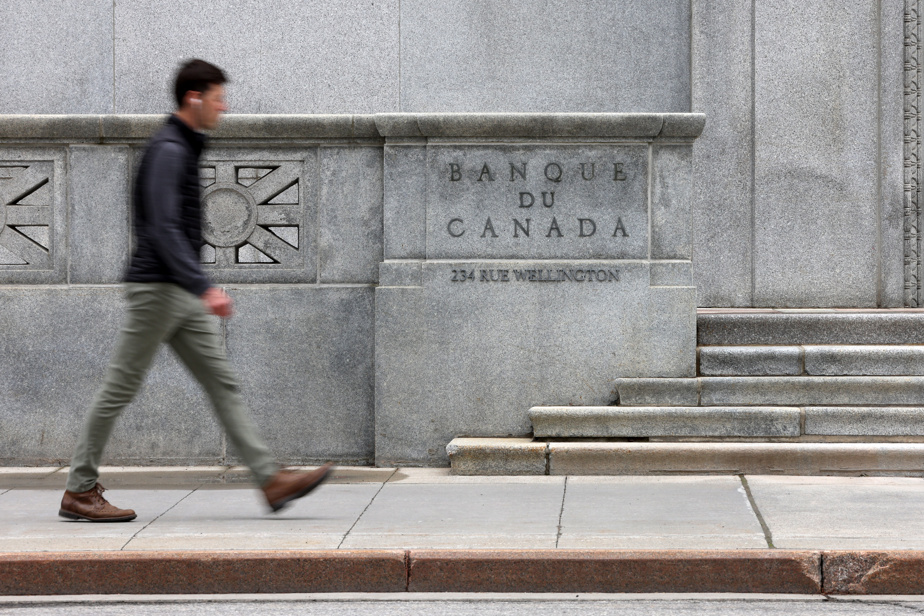The Bank of Canada begins reducing its key interest rate by cutting it from 5% to 4.75% and indicates that further increases are to come.
“The Governing Council agreed that monetary policy no longer needed to be so restrictive and therefore lowered the policy rate by 25 basis points,” said Governor Tiff Macklem. Recent data has reinforced our confidence that inflation will continue to move towards the 2% target. »
More increases are coming, he said. “If inflation continues to slow and the data continues to reinforce our confidence that it is indeed heading towards the 2% target, it is reasonable to expect further policy rate cuts.”
Asked about the possibility that the next hike would come as soon as the next rate decision on July 24, Tiff Macklem remained stoic. “We make our rate decisions one at a time,” he reiterated.
The governor believes that we should rather take advantage of the present moment. Inflation has fallen and economic growth has picked up since the start of the year, he stressed.
The Bank of Canada estimates that the Canadian economy can continue to grow even if inflation continues its downward trend, which would be the ideal scenario known as a soft landing. “Even though it feels like a soft landing, we’re not celebrating yet,” the governor said.
He recalled that at 2.7%, the Consumer Price Index is still above the central bank’s 2% target. “The work is not finished,” he said.
If everything goes as planned by the Bank of Canada, the decline in rates will continue, but it should be gradual and above all less rapid than the increases. Above all, warned the governor, we should not expect interest rates to return to their very low level before the pandemic.
“It would be prudent for consumers, businesses and governments not to bank on this,” he said.
With this 25 basis point drop in the key rate, interest rates are now lower in Canada than in the United States, where the first rate cuts have been awaited. With its own currency and a flexible exchange rate, Canada can pursue a monetary policy independent of the US Federal Reserve, the governor reiterated. “There are certainly limits to divergence, but we are still very far away,” he said.
The Canadian dollar did not react to the central bank’s decision to reduce its key rate, which had been widely anticipated by the markets.
The downward movement in interest rates, widely anticipated by the financial markets and by most economists, comes at the right time for Canadian mortgage holders who must renew their loans in the coming months.
Between 2022 and 2023, the central bank increased its key rate eight times to curb inflation which peaked at more than 8% in June 2022. Since then, the Consumer Price Index has fallen and was 2.7 % in April, the date of the last Statistics Canada reading.






















